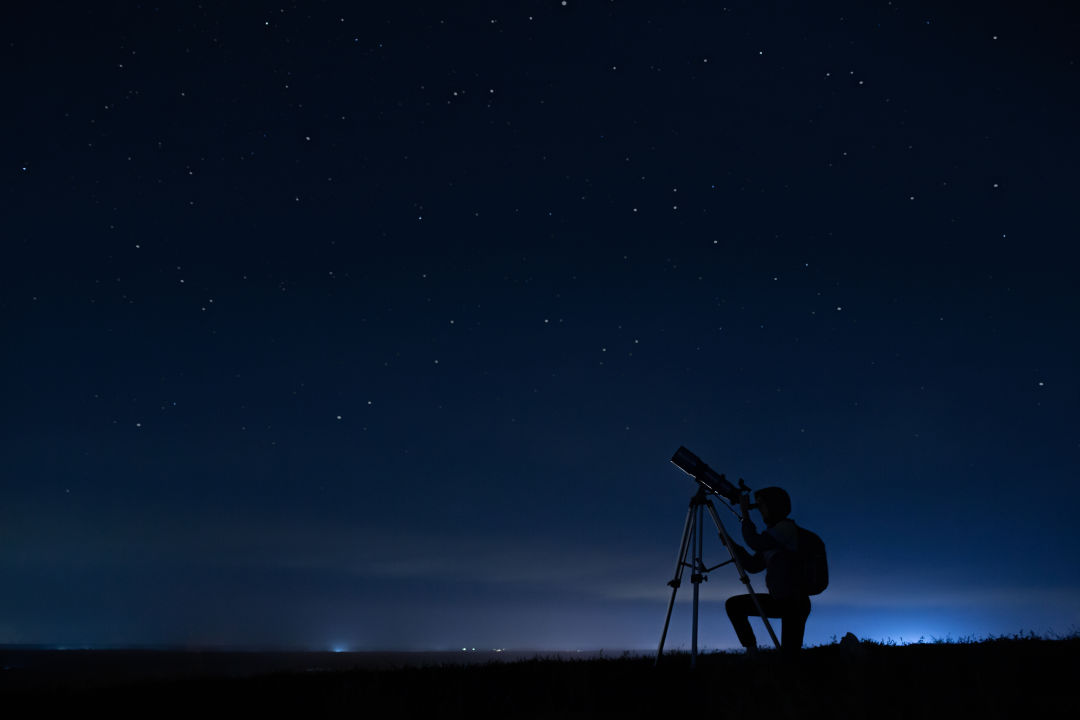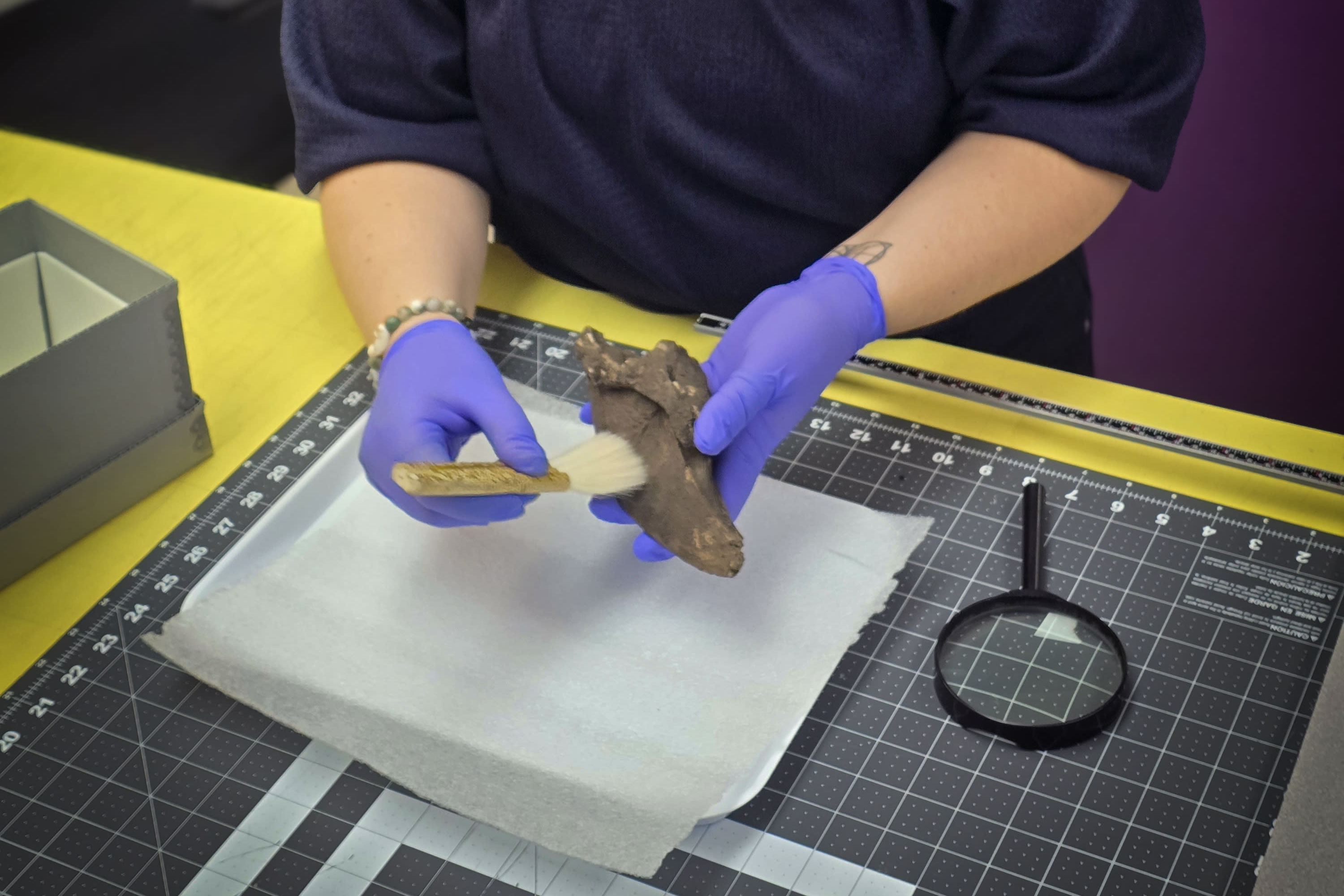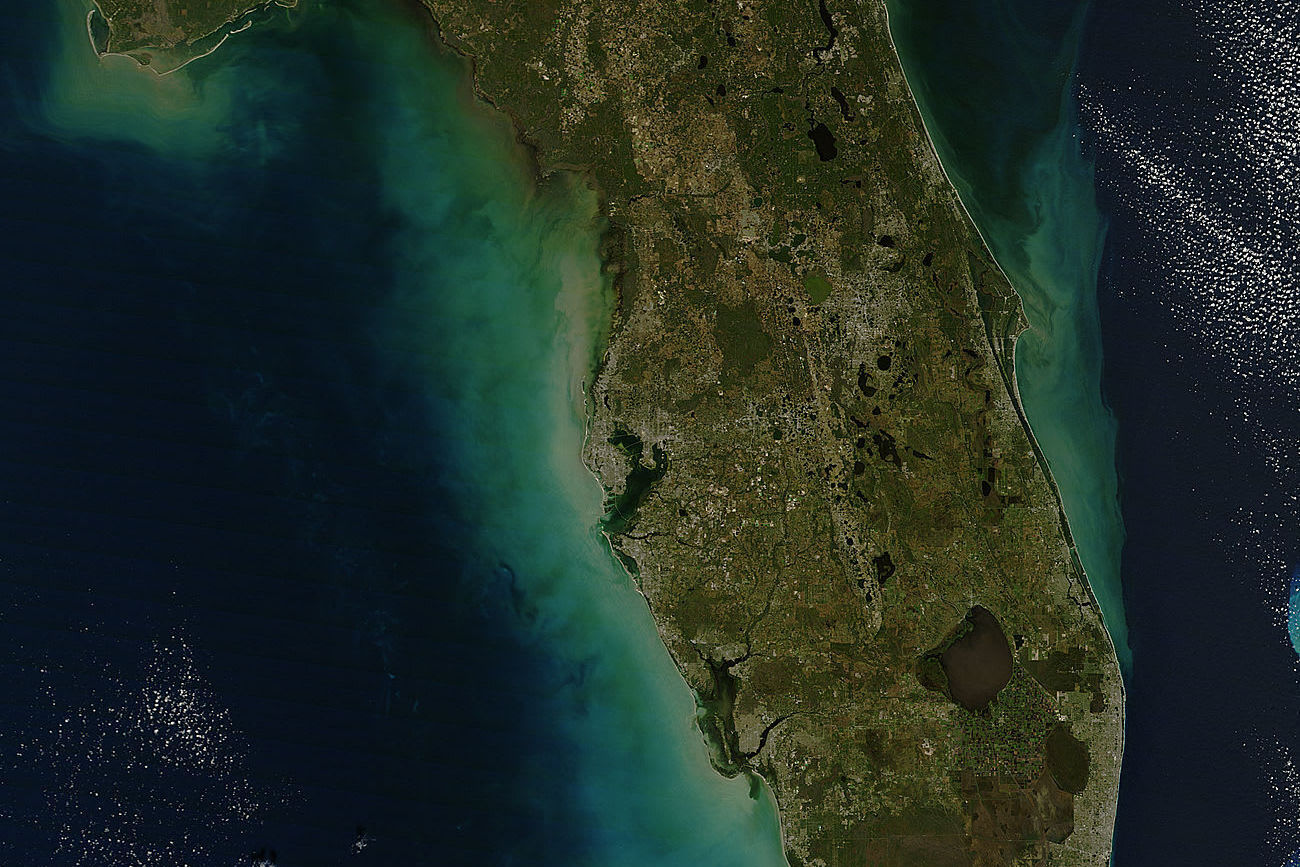Look for the Rare 'Christmas Star' in the Night Sky on Monday, Dec. 21

Image: Peakstock/Shutterstock
Care to make a wish this holiday season? Mark your calendar for Monday, Dec. 21, when an astrological phenomenon will create the perfect wishing star. Astronomers are calling the event "The Great Convergence of 2020," when the planets Jupiter and Saturn will appear the closest they've been since the year 1623. Simply look out into the night sky between 6 and 7 p.m. (binoculars and telescopes are not necessary) and make a Christmas wish.
Convergences, or the appearance of two planets drawing near or overlapping in orbit, occurs with several other planets, however Jupiter and Saturn's has cultural significance this time of year.
"In ancient Hebrew culture, the planet Jupiter represented the planet of the kings, and Saturn was known as the protector of the Jews," says Howard Hochhalter, the manager of the planetarium at Bradenton's Bishop Museum of Science and Nature.
Seventeenth century astronomer Johannes Kepler predicted that a conjunction of Jupiter and Saturn likely occurred in 7 B.C., appearing as the Star of Bethlehem to the three wise men of the Bible, leading them to the birthplace of Jesus Christ. This is how "The Great Convergence" also developed the nickname "The Christmas Star."
Jupiter is typically 474 million miles away from the sun and takes about 12 years to orbit it, while Saturn is about 900 million miles and takes 29 years. So, despite looking close on this winter night, the planets will remain about 400 million miles apart from each other.
To find the "Christmas Star," look into the night sky around 6:15 p.m., and you will notice a bright, white star low on the southwest horizon. The brightest star will be Jupiter; to the slight upper left of it will be Saturn. While it is not known exactly how the conjunction will display (the last visible one occurred in the year 1226), the planets will likely appear 0.1 degrees apart, or the thickness of a dime held at arm's length.
"Jupiter is one of the brightest objects in the sky, apart from the sun," says Hochhalter. "We'll have to enjoy this bright, grand party of the planets because the next visible great conjunction will not occur until 2080."
Other happenings the same night include the winter solstice, the winter day with the fewest hours of sunlight, and the first quarter position of the moon. Mars and winter constellations such as Orion's Belt will also be visible that night, if the weather is clear.
Hochhalter says the best way to enjoy the "Christmas Star" is if you have a telescope or binoculars and can get both planets within the same view, but you can also just lie back, watch the night sky and experience some scientific holiday magic.



